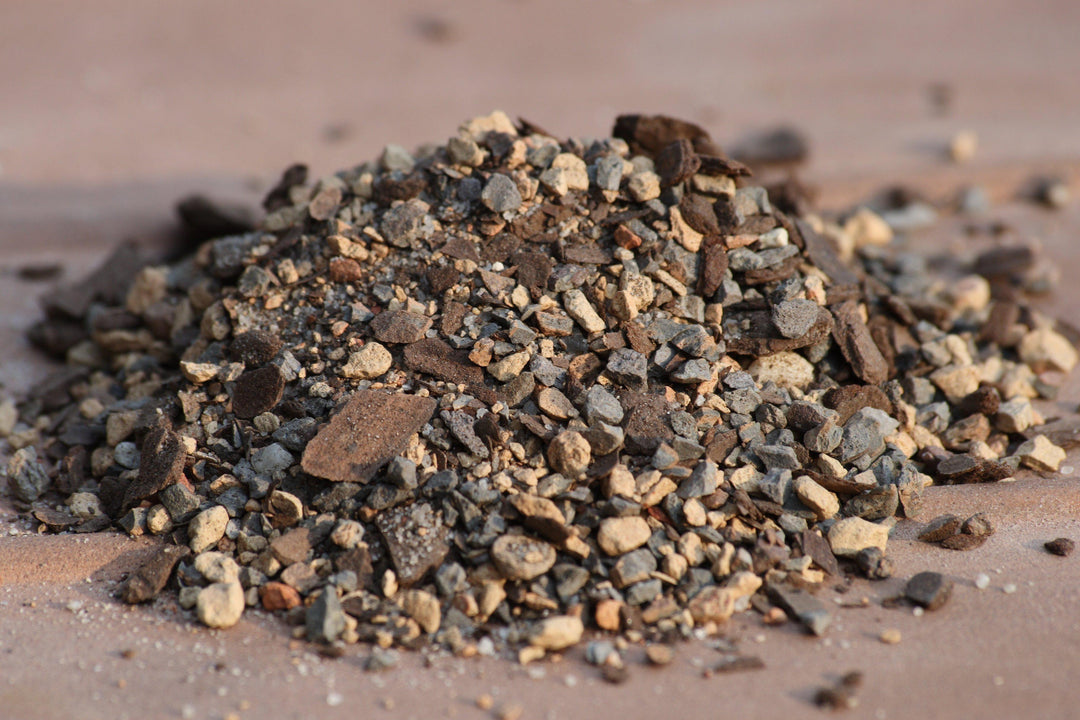
What Type Of Soil Should You Use For Your Bonsai Tree?
Whenever someone asks me “what’s wrong with my bonsai,” I’ll ask two things:
1: Do the leaves look weird
2: What type of soil are you using?
The first question is to determine if there’s any disease present. Any spots, film, discoloration, etc. is a sign of a possible disease or pest. If that’s the case, you can Google it and have an answer and a likely treatment in a few clicks.
Simple.
The second question is a bit harder to deal with.
With bonsai, you have to take care to water it appropriately. Like any plant, not enough water is obviously no good. Plants need water, bonsai’s are plants, therefor bonsai’s need water.
But too much water isn’t good either. It can lead to all sorts of problems like fungus, mold, bugs, disease, root rot and more.
Also, some plants just don’t like a ton of water!
Let’s take a minute to think where your bonsai tree comes from.
Is it a desert dweller? If so, it shouldn’t be kept wet all the time. Many plants from the desert require some dry time between watering to thrive.
Is it from a rain forest? If so, it will probably like to be watered a bit more frequently, never allowing it to be completely dried out.
Is it from somewhere in between? If so, it will probably like to be somewhere in the middle.
Basically, the goal is to provide as much water to the roots as they would experience in nature.
The only thing to keep in mind here is that it’s not in nature. It’s in a tiny pot! This means it will be easier to overwater and underwater.
So how do we prevent this, regardless of the species of tree you’re trying to bonsai?
Simple: Use a well draining bonsai soil.
A well draining soil helps prevent overwatering. This is a huge thing, because no tree likes to sit in stagnant water for days on end. Besides smelling awful, this is a great way to get your bonsai sick or worse, rot the roots. Either way, it’s a recipe for a dead tree.
It does put you at risk for under watering, but you can easily water more frequently without much worry.
A rule of thumb is to feel the soil about an inch down. If it’s dry, water it. If it’s wet, don’t.
While you need a well drained soil, not every soil will do.
For instance, I will never use a bonsai soil with organic matter in it.
Never.
Anything that looks like dirt or topsoil will be kept far away from my bonsai pots.
Every single time I’ve come across organic soil in a bonsai, it’s been a recipe for disaster. Disease, root rot and dead trees.
No dirt, no topsoil, no organic material at all.
100% inorganic, ie, rock based soil.
There are tons of blends of this, and honestly too many options to list.
If you want a good bonsai soil, look for a blend of pumice, akadama and some lava rocks. It should be small so there won’t be any big air gaps, and remember, no organic soils.
That’s it!
This one tip alone was enough to transform me from a bonsai serial killer to a tried and true bonsai collector.
And if you need to buy high quality bonsai soil for yourself, click here to see our current stock.
Do you like “how-to” content like this?
If this is helpful for you, and you want to take it a step further, I’ve built a digital video course that mixes classroom style instructional videos with “over the shoulder” style training videos to make bonsai simple to understand, and easy to start. It will help to demystify the art of bonsai so you can become a master of this relaxing hobby in just a few days.
In this digital video course, you'll discover:
- How to create a bonsai tree from scratch that will help you experience true inner-peace and calm.
- How to keep your tree collection alive and well so you can enjoy their benefits for a lifetime.
- How to shape your bonsai like a professional, allowing you to design it however you like.
- What bonsai tools you really need and how to use them so you’ll never buy a tool that you don’t need again.
- How to cultivate your own trees so you never have to buy another tree from a store again.
- How to use all of this to create your own bonsai collection so you enjoy this relaxing hobby for the rest of your life.



Leave a comment